The undulating motion of the dolphin kick in butterfly swimming is often described as a wave—a seamless, rhythmic flow that propels the swimmer forward with both grace and power. This wave-like movement is not just a visual spectacle but a biomechanical marvel, requiring precise coordination of the core, hips, and legs. Unlike other strokes, where the power is generated primarily from the arms, the butterfly relies heavily on the undulation of the body to maintain momentum and efficiency in the water.
At the heart of this technique is the concept of kinetic energy transfer. As the swimmer's chest presses downward, the hips rise, creating the first half of the wave. This motion is immediately followed by the hips driving downward while the legs snap upward, completing the undulation. The key to mastering this movement lies in the timing—each phase must flow into the next without hesitation. A break in the rhythm disrupts the wave, leading to increased drag and wasted energy.
Many elite swimmers describe the sensation as riding a wave, where the body naturally follows the path of least resistance. This analogy is particularly fitting because, much like a surfer harnessing the energy of the ocean, a butterfly swimmer must work with the water rather than against it. The undulation is not forced but rather an organic response to the body's positioning and the water's resistance.
One of the most challenging aspects of perfecting this wave motion is maintaining consistency throughout the entire race. Fatigue often leads to a breakdown in form, causing the undulation to become shallow or uneven. Coaches emphasize the importance of core strength and flexibility to sustain the wave from start to finish. Dryland exercises such as yoga and Pilates are frequently incorporated into training regimens to enhance a swimmer's ability to maintain this fluid motion even under physical stress.
The origins of the butterfly stroke's undulation can be traced back to the 1930s, when swimmers began experimenting with a double-arm recovery in breaststroke. Over time, the stroke evolved, and the distinctive dolphin kick replaced the traditional breaststroke kick. This change was pivotal, as the undulating movement of the dolphin kick provided far greater propulsion. Today, the butterfly is one of the most technically demanding strokes, with its success hinging almost entirely on the swimmer's ability to generate and sustain the wave.
Underwater footage of elite butterfly swimmers reveals just how critical the wave motion is to their speed. The best performers exhibit a near-perfect sine wave pattern, with their bodies moving in harmony with the water. This efficiency minimizes resistance and maximizes forward thrust, allowing them to glide through the water with seemingly effortless power. It’s a reminder that, in swimming, sometimes the most powerful movements are those that appear the smoothest.
For aspiring butterfly swimmers, developing this wave-like motion requires patience and persistence. Drills focusing on body positioning and rhythm are essential. One common exercise involves swimming with a snorkel to isolate the undulation, removing the distraction of breathing. Another drill incorporates fins to exaggerate the kick, helping swimmers feel the full range of motion required for an effective wave. Over time, these exercises build the muscle memory needed to execute the stroke with precision.
Beyond the technical aspects, there’s an almost artistic quality to the butterfly’s undulation. When performed correctly, the stroke is a beautiful synchronization of power and fluidity, a dance between swimmer and water. It’s no wonder that spectators often find themselves captivated by the rhythm of the butterfly, its wave-like motion standing out as one of the most mesmerizing sights in competitive swimming.
As research in sports science continues to advance, new insights into the biomechanics of the butterfly stroke are emerging. High-speed cameras and motion analysis software allow coaches to break down every nuance of the undulation, identifying even the slightest inefficiencies. This data-driven approach is helping swimmers refine their technique in ways that were previously unimaginable, pushing the boundaries of what’s possible in the water.
Ultimately, the wave in butterfly swimming is more than just a technique—it’s the soul of the stroke. From its origins as an experimental variation of breaststroke to its current status as a pinnacle of swimming prowess, the undulation remains the defining feature of the butterfly. Whether you’re a competitor striving for gold or a recreational swimmer looking to improve, mastering this wave is the key to unlocking the stroke’s full potential.
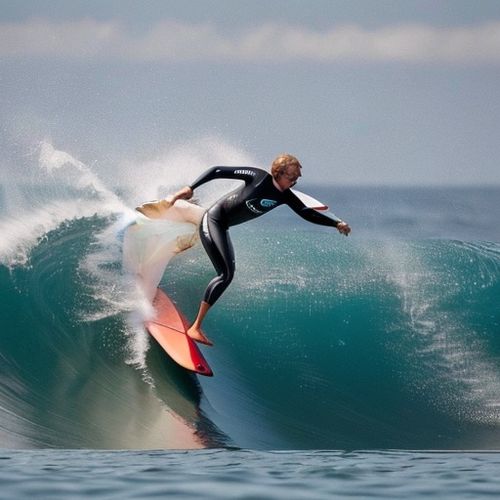
By Eric Ward/May 8, 2025
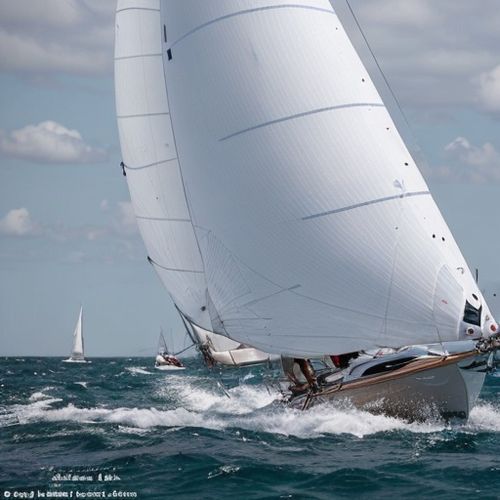
By Lily Simpson/May 8, 2025
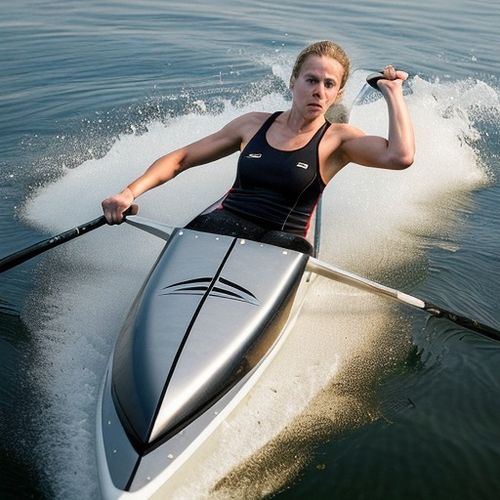
By Jessica Lee/May 8, 2025

By Grace Cox/May 8, 2025
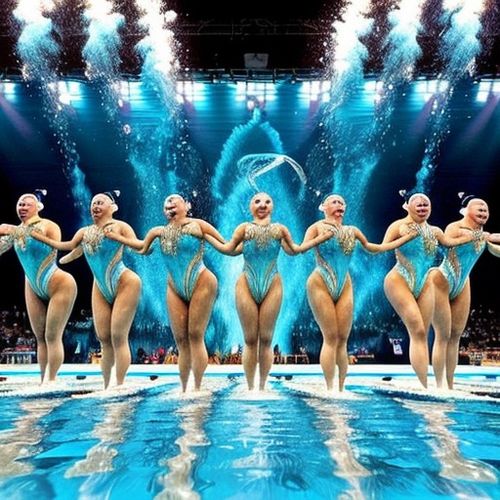
By Emily Johnson/May 8, 2025
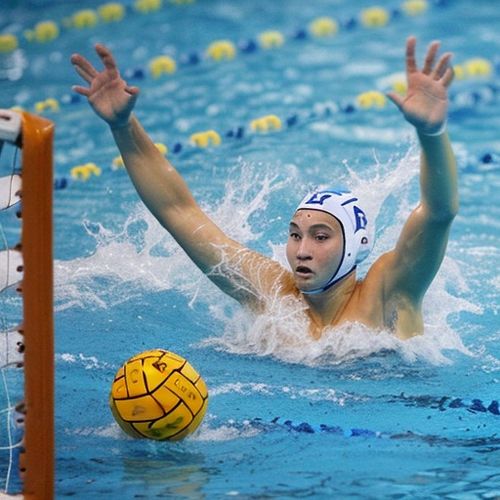
By Rebecca Stewart/May 8, 2025
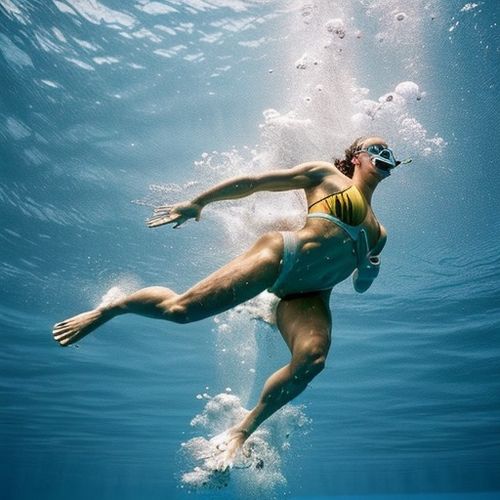
By George Bailey/May 8, 2025

By Sophia Lewis/May 8, 2025
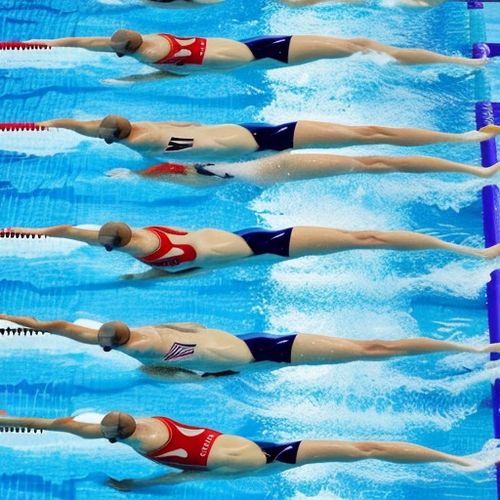
By George Bailey/May 8, 2025
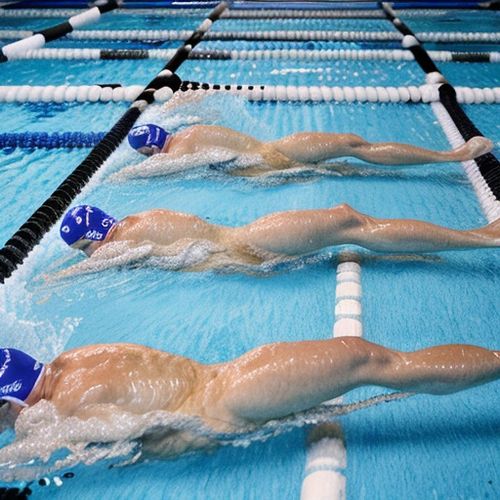
By Eric Ward/May 8, 2025
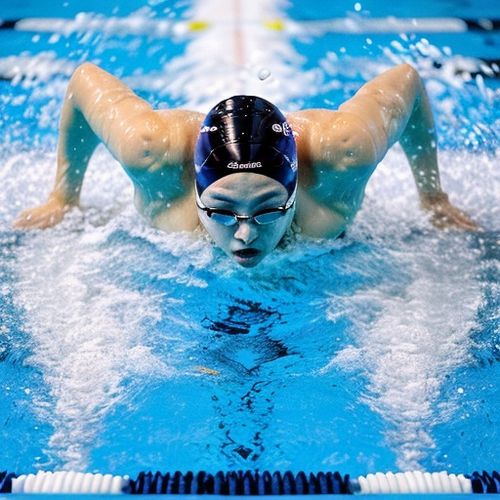
By James Moore/May 8, 2025
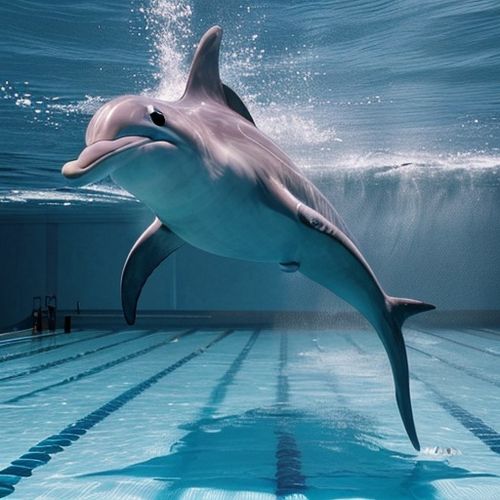
By Thomas Roberts/May 8, 2025
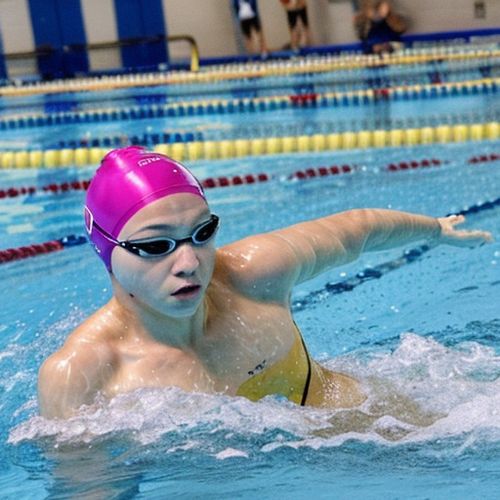
By Victoria Gonzalez/May 8, 2025

By Samuel Cooper/May 8, 2025
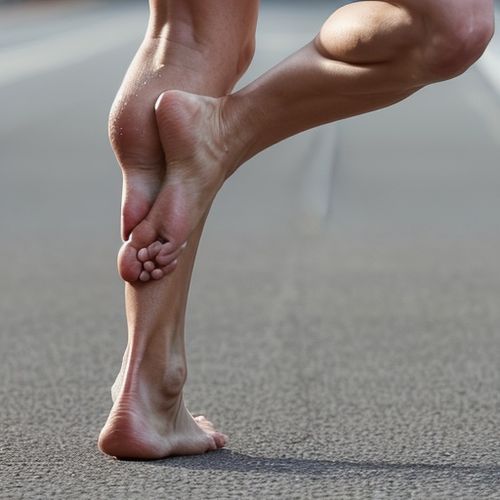
By David Anderson/May 8, 2025

By Joshua Howard/May 8, 2025

By Michael Brown/May 8, 2025

By Elizabeth Taylor/May 8, 2025

By Benjamin Evans/May 8, 2025

By Noah Bell/May 8, 2025